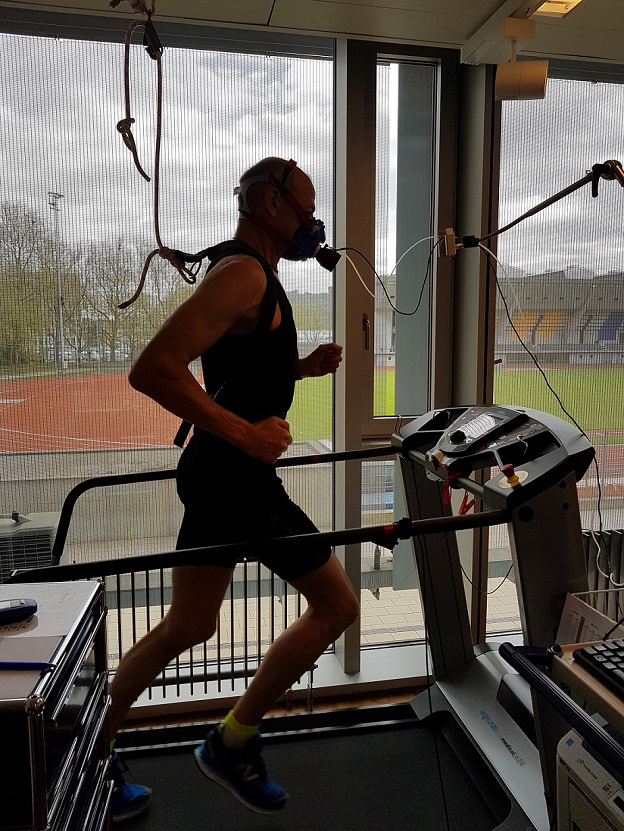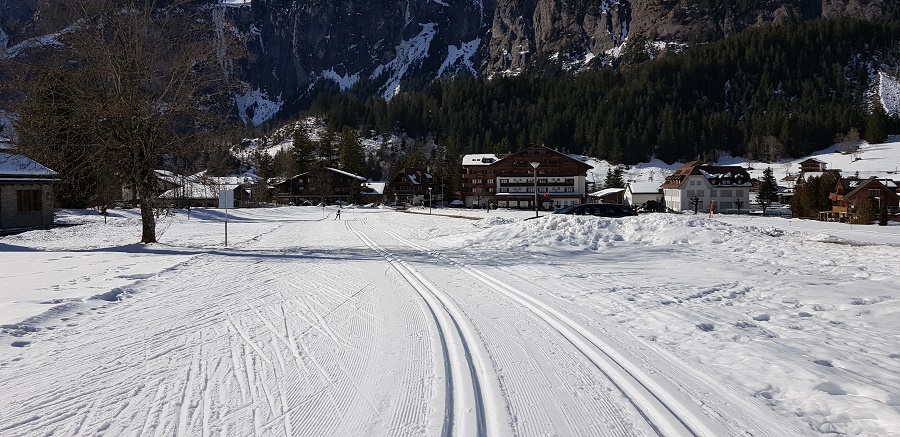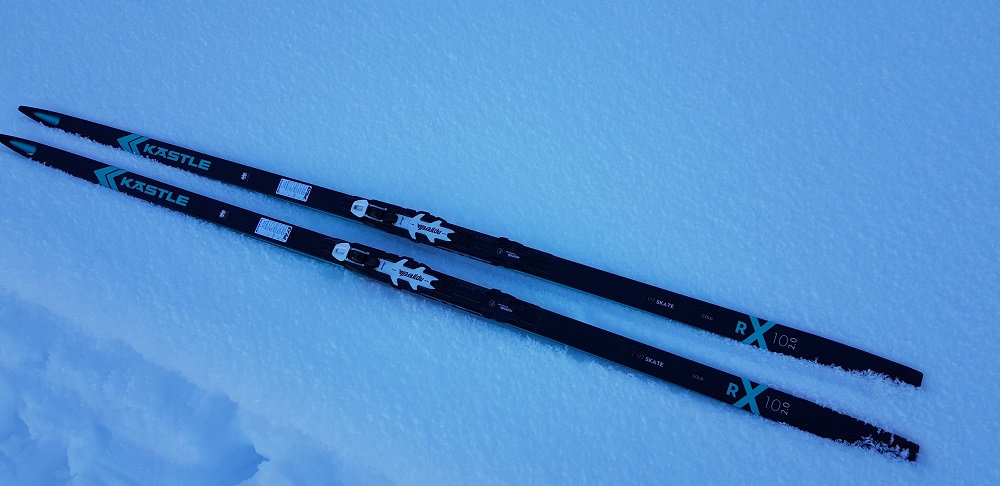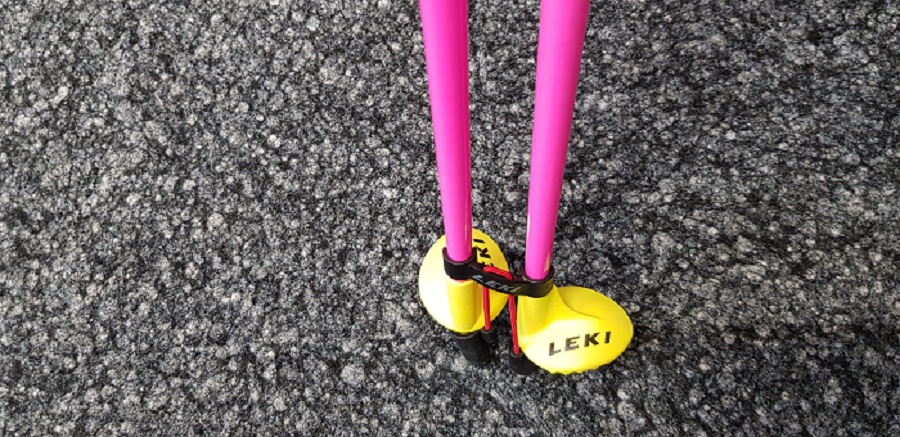Roller Skiing - the perfect summer exercise for recreational skiers
Roller Skiing – the most specific summer training for recreational Nordic skiers
One can say that roller skiing during the summertime is the most specific training. It is the same in the sequence of movements to cross-country skiing in the winter.
So, training on roller skis is the perfect summer alternative to snow skiing. And an essential training if you want good results during the racing ski season.
It’s towards the end of March when the ski season has more or less come to an end. April is approaching, and you are still so motivated that you would like to start roller skiing right away.
After all, you enjoyed XC skiing so much, that you want to be as fit as possible come next ski season.
But hold on for a moment and relax, now isn’t the time to train at full blast.
April is not the time of the year yet to hit the pavement right away with roller skiing. Especially, if you have been doing lots of skiing and competed in a few races and now have become quite tired.
For competing cross country skiers, April has always been a transition month. You may want to continue to do low key training in any sport you like, without any worry.
If you are in your mid 30’s or early 40’s, you may even take off 2-3 weeks for complete recovery. My experience is that when you are an older Master competitor in your 60’s, don’t stop completely. You see at that age, it’s a lot harder to get your fitness back up than when you are younger.
When to start roller ski training
For any recreational cross-country skier, May is usually the start of a new ski season.
But be aware not to do systematic training in the spring period. You can do other types of endurance training and general strength exercises. The most important is that you just have fun and keep moving.
It’s good to disconnect a bit from the sport and recover from the winter. Then you can start with targeted training again in June.
But before starting your first roller skiing training session, check your equipment. You should also view the training route.
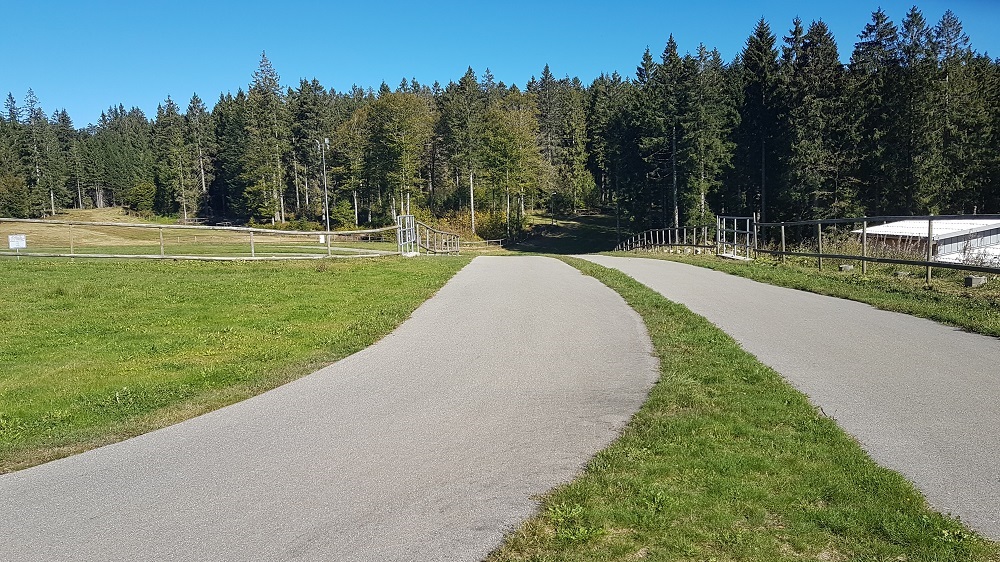 Viewing a challenging roller skiing track in South Germany before a training session
Viewing a challenging roller skiing track in South Germany before a training sessionHere are a few thoughts for your safety and technique:
- Always check your equipment before you start, especially at the beginning of the season. Roller ski bolts can come loose, or the bearings can break over time. The front and back fenders can act as undesirable brakes if they loosen and touch the wheel.
- Make sure your tips on your ski poles are sharp to avoid tendinitis. It is worthwhile to get a diamond file to sharpen the tips of your ski poles on a regular basis.
- Always wear light-colored clothing and a helmet. I always wear a bright yellow t-short and yellow/black gloves, and in the fall a bright colored safety vest.
- It’s best to roller ski on bike paths or on roads with little traffic. The risk to get hit by a car is much lower, which makes roller skiing for you more comfortable and safe
- Inspect the bike path on your first loop for pebbles and sometimes branches that fell from trees. This could be a possible stumble hazard if you are not careful. Falling on your roller skis is a harder landing than in the snow.
- Try to know your route before you start your training session. It’s best to choose a light rolling terrain that is safe to roller ski on. You should know where slopes are to make sure there is enough space for a run out and with no sudden sharp turns.
- If you are skiing on roads used by farmers, make sure to watch out for cattle grids.
The difference between skate or classic roller skis
Skating roller skis have a length of +- 60cm (2 feet) and are a bit shorter and lighter than classic roller skis. The wheels are also narrower and like the wheels of Inline skates.
Compared to classic roller skis, the rubber is harder and the wheel diameter larger. Skating roller skis also don’t need a backstop.
The feeling of both classic and skate roller skiing hardly differs from skiing on snow. But at the beginning keeping your balance isn’t that easy until you have logged a few hours to get more comfortable.
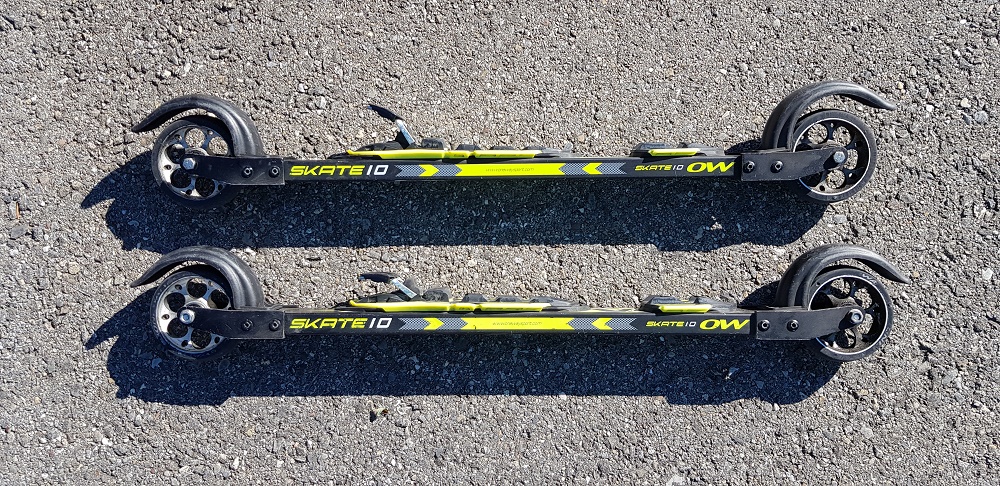 The One Way skate 10 roller ski is my performance training toy. The shaft is of aluminum and the wheels are 100mm in diameter and rather slow. That makes skiing more effective and builds strength.
The One Way skate 10 roller ski is my performance training toy. The shaft is of aluminum and the wheels are 100mm in diameter and rather slow. That makes skiing more effective and builds strength.Classic roller skis are about 70cm (27.55 inches) long and the wheels are wider. They are also softer than those of skating roller skis.
The kick for the diagonal stride and double pole kick is possible through a backstop on the front wheels. But be careful when using the classic ski technique.
Because with the front wheel backstop, you always have a good kick. For this reason, many skiers develop the habit and kick back instead of pressing down.
When you start roller skiing in the spring or early summer, practice first on flat terrain. I also recommend you get ski brakes that you can mount on both classic and skating roller skis.
If you are doing both styles of roller skiing, it’s enough having one brake. You can than switch them around depending on what style of roller skiing you are going to do that day.
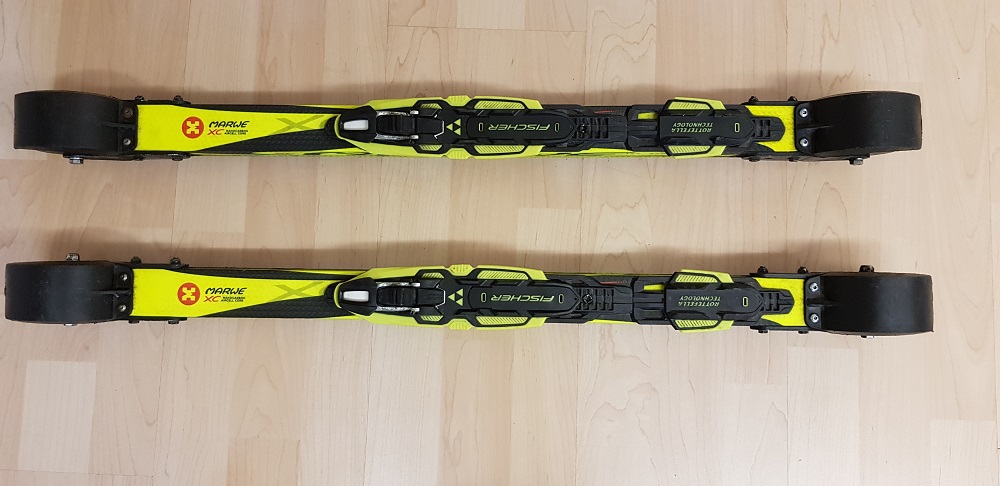 If you are a classic style skier, the Marwe 700 XC is perfect for training.
If you are a classic style skier, the Marwe 700 XC is perfect for training.Roller Skiing Workouts
There are many different roller ski training sessions that you can do during the week. Most of your trainings will be easy workouts that last about an hour. Once or twice a week, you can go a little longer.
Towards the fall, you can build to a 2 to 3-hour session either in the classic or skating style. This would be the case if your goal is to improve in the American Birkebeiner or some other race.
How about the biggest XC ski race in the world, the
Vasaloppet in Sweden? Or how about the Engadin Marathon in Switzerland or even
the Marcialonga in Northern Italy. Or maybe the annual Masters World Cup, which is always held in a different country.
There is one special roller ski training session that tends to stand out as a favorite. Especially among amateur and professional Norwegian cross-country skiers.
And that's the 6 x 8 min interval session!
After a proper warm-up, you do 6 intervals of 8 minutes. Each recovery is 2 minutes, which comes to a 1-hour long intensive workout.
A little longer if you add the warm-up and cool-down time. It’s a hard workout that puts your heart and lungs to the test.
If you think that 8 minutes is too long, then start with 6-minute intervals. Studies have shown that 8-min intervals done with a max heart rate of under 90% improves your VO2 max with great results.
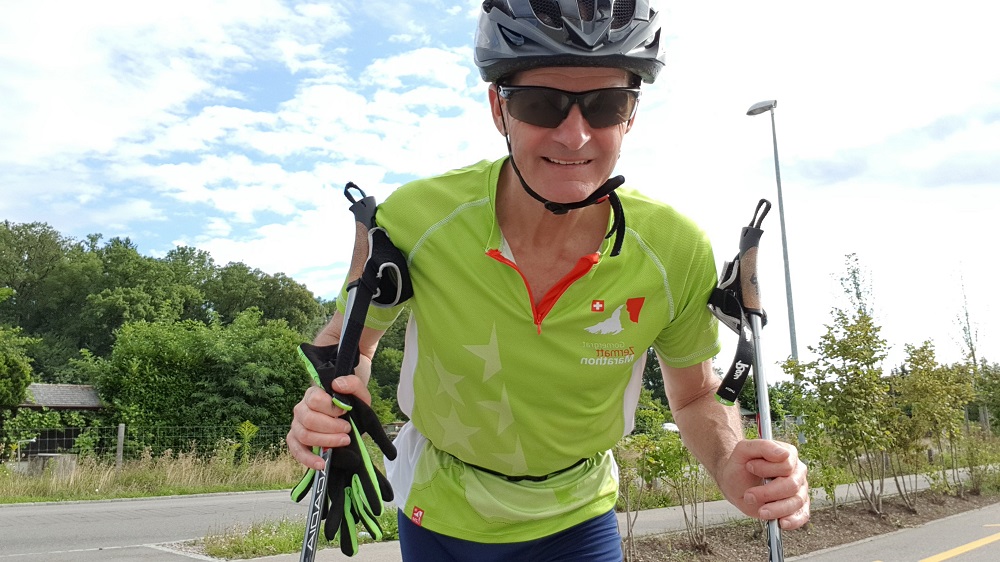 Still smiling before starting a lactic threshold interval training session
Still smiling before starting a lactic threshold interval training sessionIn the summertime, I include these roller ski intervals in rolling terrain once a week. It’s a real challenge with the recovery set at only 2 minutes. I can handle that work-load quite well despite my age.
The trick here is to maintain your speed until the end of the training session. So don’t start out too fast, because if you can’t hold the tempo until to the last repetition, you will have failed. But don’t worry and try it again the next time.
It’s ok if your pulse is a little above the recommended zone at the end in the last rep.
The first repetition feels quite easy, and many have a tendency to start out too fast. But it will get tougher towards the end. I would call it a comfortable hard session.
I must admit that the above interval example is too tough for many because of the length. But as with everything, nothing is set in stone, and you can shorten your reps.
Here are a few other examples to make your day-to-day training more varied:
2 x 8 min with 3 – 4 minutes recovery
3 x 8 min with 3 – 4 minutes recovery
4 x 8 min with 3 – 4 minutes recovery
Other fun roller skiing interval sessions are:
7 x 3 min double poling up-hill and 1 min recovery
7 x 3 min diagonal stride up-hill and 1 min recovery (be very careful on the down-hills or avoid them if you are insecure)
Try it and let me know how it turned out. Leave a comment below
